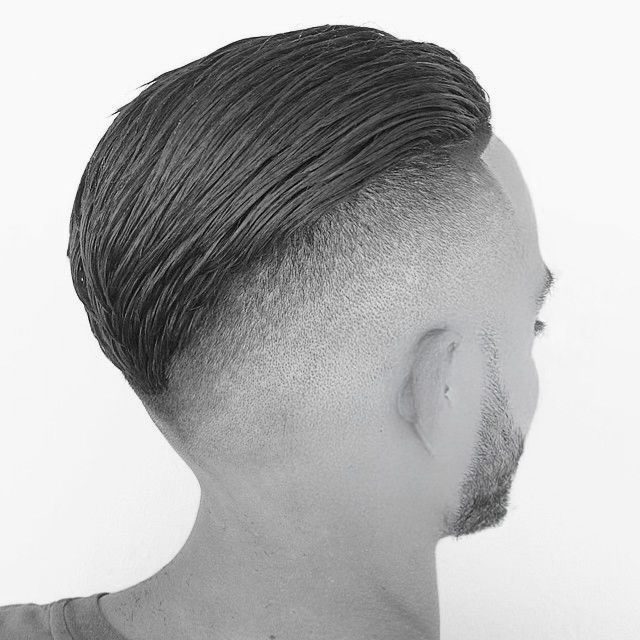The History of the Undercut
- Evgenii Solod
- Oct 17
- 2 min read
Updated: Nov 3
Early Roots & Practicality
The undercut’s origins are raw and functional: short sides, longer top. Easy to maintain, hygienic, and practical for soldiers, workers, and anyone who needed hair under control.

Wild West Era
In the 19th century American frontier, rough versions of the undercut appeared among settlers, outlaws, and cowboys.
Sides were often shaved with whatever was at hand — knives, hatchets, even shards of glass. Precision wasn’t the point; survival was.
The top was slicked back or pressed down with pig fat or animal grease. Besides helping hair stay in place under a hat, grease also served a pragmatic purpose — it acted as a crude repellent against lice and other pests.
Combined with the ever-present cowboy hat, this look became a mark of toughness and grit on the frontier.
20th Century: Subculture & Military
During WWI/WWII, soldiers wore variations of the undercut for hygiene and discipline.
In interwar England, gangs like the Peaky Blinders and Scuttlers used undercuts with greased tops as their uniform of identity and menace.
Later, punk and goth scenes in the 70s–80s reinvented the undercut with extreme contrasts and rebellion in mind.
Modern Era
Today, the undercut has gone mainstream: disconnected undercuts, faded undercuts, paired with slick backs, pompadours, quiffs, or textured tops.

Once seen as rough or even “low-class,” it has been elevated into a style of deliberate contrast and high fashion.
From the Barber’s Chair — Undercut
The undercut is a cut of contrast and survival. From knives and pig fat on the frontier, to gangsters in Birmingham, to the runways of Paris — it has always been about the same thing: discipline on the sides, expression on top.
I see the undercut as a visual blade: it slices between what’s hidden and what’s shown. The sides are submission; the top is sovereignty.
Want it sharp? Pair it with slick back or pompadour. Want it wild? Leave the top long, torn, or textured. Whatever you choose — the undercut always says: this man draws a line.



Comments